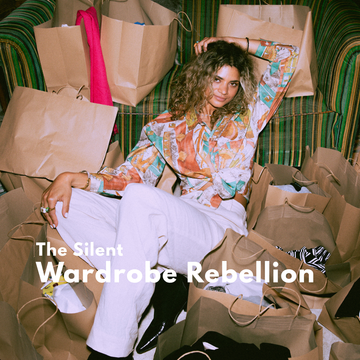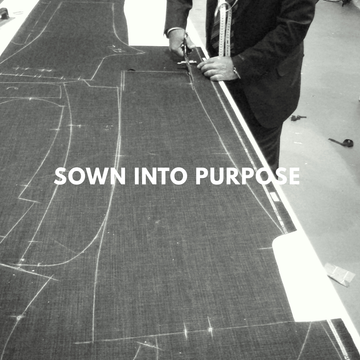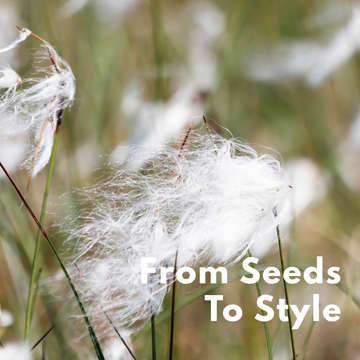At night, when the house slipped into silence, Leila’s wardrobe stirred, behind the polished wooden doors, garments shifted, seams stretched, and whispers floated in the dark.
The sequinned dress, worn only once to a wedding, sighed.
The cotton blouse, buried beneath piles of impulse buys, muttered.
Even the sturdy jeans, bought with excitement but quickly forgotten, groaned in quiet frustration.
This was no ordinary wardrobe.
This was a rebellion.

Forgotten Voices of Fashion
Each piece had a story.
The blouse remembered the fields where cotton once drank up 2,700 liters of water enough to quench one person’s thirst for nearly three years.
The jeans recalled the dyes that ran through rivers, staining them blue.
The polyester dress shuddered as it thought of its afterlife, a lifespan of 200 years, long after its wearer would be gone. None of these stories had been heard. They had been bought, worn briefly, then abandoned.
This was the reality of fast fashion, a cycle where clothes are produced in haste, consumed without thought, and discarded without care. Every year, 92 million tons of clothing end up in landfills. Each forgotten garment is a silent protest against waste.
The Morning Awakening

One morning, Leila opened her wardrobe and paused. She noticed clothes she hadn’t touched in months, some still carrying tags. For the first time, she didn’t see outfits, she saw accusations.
It felt as if her wardrobe had been speaking all along, and she was finally ready to listen.
The whispers echoed in her mind:
“We were made with labor and love, why abandon us so soon?”
“We were designed to last, why bury us in silence?”
The rebellion wasn’t loud. It didn’t need to be. Its power lay in its truth.
Choosing a Different Path

Leila made a decision.
She pulled out the forgotten blouse and paired it in a new way. She mended the jeans instead of replacing them. She donated pieces to those who needed them more., and most importantly, she promised herself to buy differently going forward, choosing sustainable, timeless pieces with stories worth keeping.
Her wardrobe fell quiet, not out of defeat, but out of peace. Each garment finally had a purpose again.
The Lesson of the Rebellion
The rebellion of Leila’s wardrobe mirrors what’s happening across the world. Our closets are bursting with clothes we rarely wear, yet the fashion industry keeps producing more, faster than ever. The real rebellion isn’t from the garments, it’s from the earth itself, struggling under the weight of waste, pollution, and exploitation.
But just like Leila, we hold the power to restore balance. By rewearing, repairing, donating, and choosing sustainably, we silence the rebellion not by ignoring it, but by answering it with action.
Closing Thought

Your wardrobe has a voice. Some of its pieces are whispering for attention, others are crying out against neglect. Listen closely. The rebellion is real.
The next time you open your closet, ask yourself are your clothes at peace, or are they fighting to be heard?
Conclusion
Wardrobes everywhere hold silent rebellions, clothes purchased in excitement, worn once, then forgotten. Each garment represents more than fabric; it is water, soil, labor, and time. When left unused, they remind us of the wasteful cycle that has come to define fast fashion.
But the rebellion does not have to end in anger. Like Leila, we can quiet our wardrobes by giving our clothes the life they deserve, wearing them more, repairing what we can, passing them forward, and choosing sustainable options for the future.
True fashion is not about how much we own but about how deeply we value what we have. The next time you open your closet, remember every garment is waiting for purpose. When we listen, we turn rebellion into harmony.
References
United Nations Environment Programme (UNEP) – Putting the Brakes on Fast Fashion (2019).
Ellen MacArthur Foundation – A New Textiles Economy: Redesigning Fashion’s Future (2017).
Fashion Revolution – Fashion Transparency Index 2024.
World Resources Institute (WRI) – The Environmental Cost of Clothes.
Common Objective – Why Sustainable Fashion Matters.





